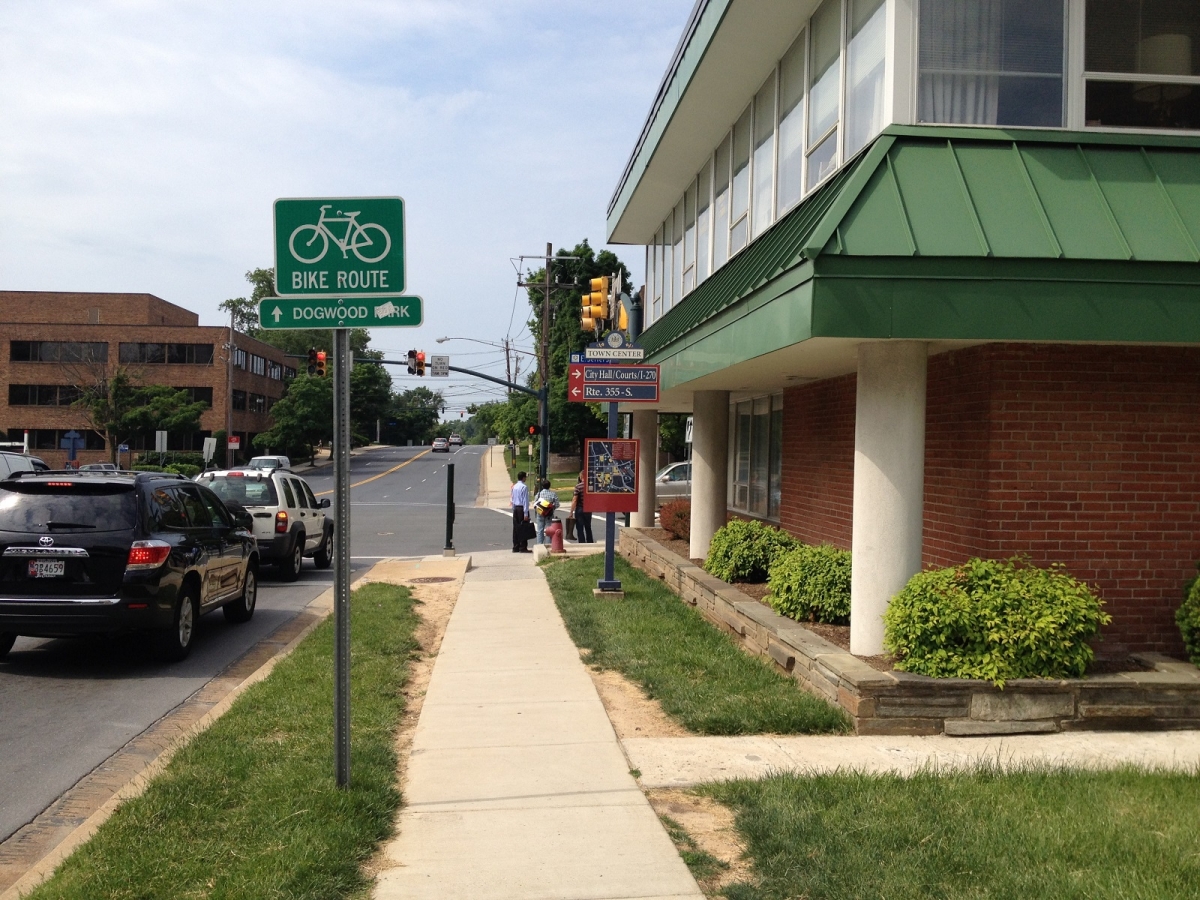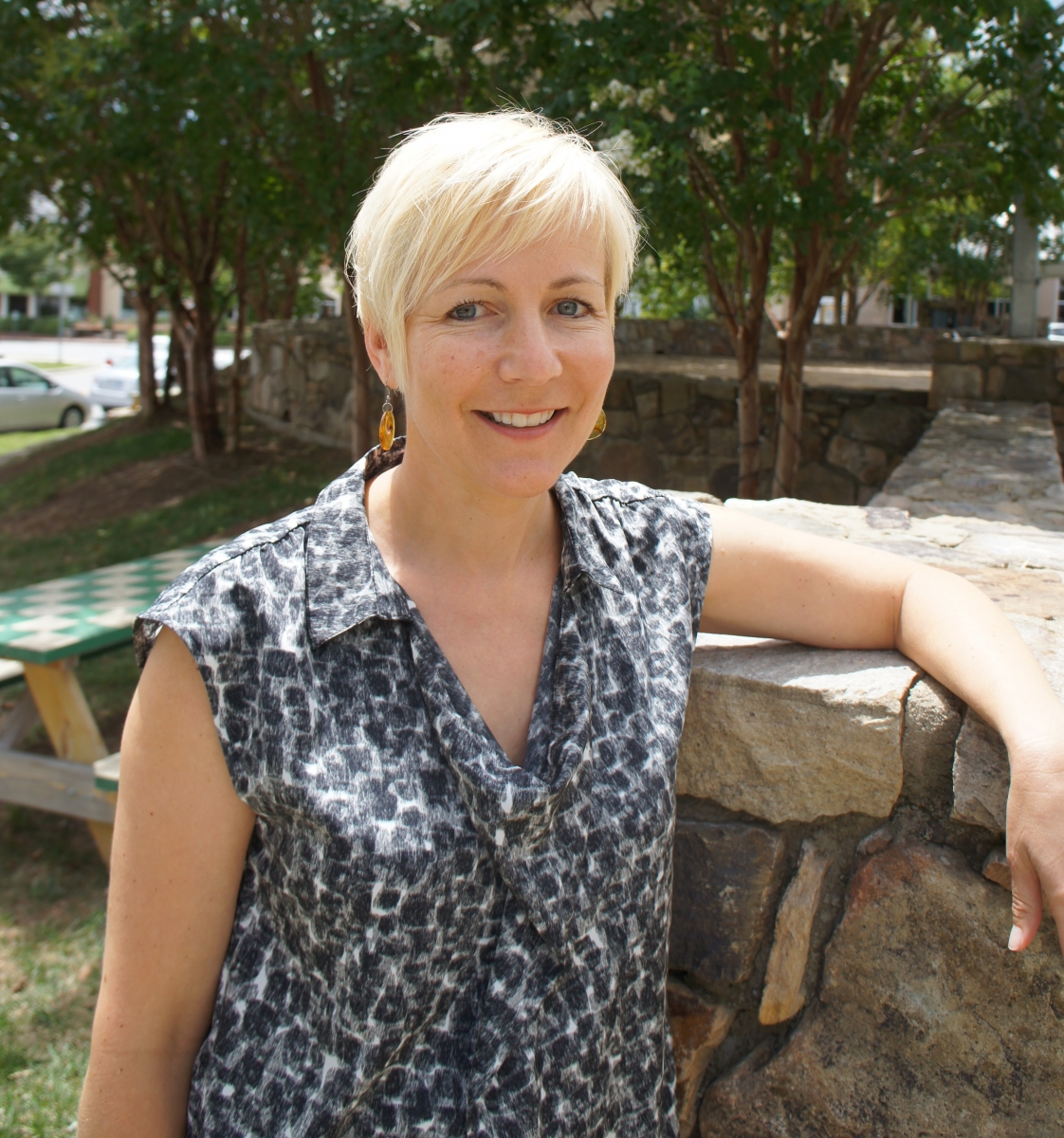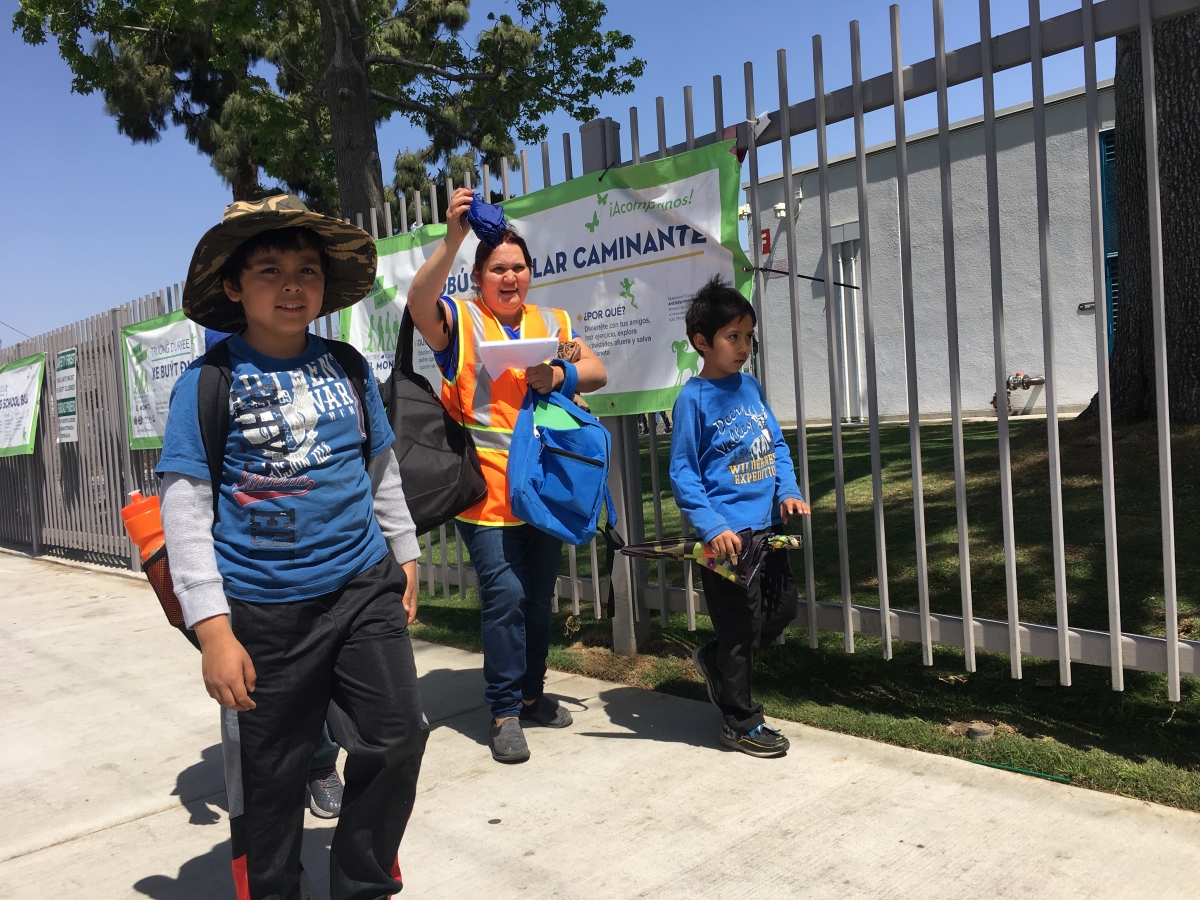This week, Senators Cardin (D-MD) and Wicker (R-MS) introduced S. 1098, the Transportation Alternatives Enhancements Act. We applaud them for their leadership on this key funding program for Safe Routes to School, biking and walking projects and programs across the country.
Resource Library
No one should have to risk their life walking alongside fast moving traffic or spend two hours on the bus just to get to the grocery store.
New tools are constantly being developed that help us gather and understand data and inform decision-making around walking, biking, and Safe Routes to School.

Stay up to date on how much TAP funding your state is obligating for biking and walking projects.
 The Safe Routes Partnership is proud to announce Carol Goss as the new Chair of the Board of Directors. Carol steps up to assume the role of Board Chair after serving as a board member for five years and providing a strong force in leading and shaping the organization’s vision for equity and the work of the board.
The Safe Routes Partnership is proud to announce Carol Goss as the new Chair of the Board of Directors. Carol steps up to assume the role of Board Chair after serving as a board member for five years and providing a strong force in leading and shaping the organization’s vision for equity and the work of the board.
Birmingham’s parks have been described as “gems” by the US Secretary of the Interior. But they’re exceptionally difficult to access if you don’t have a car. Public transit is limited, and it’s not easy to bike or walk around Birmingham. In fact, many people in Birmingham hardly bike or walk at all.
While much of the attention in January here in DC has been focused on resolving the standoff over the government shutdown, Congress has also been getting organized – welcoming new members, deciding committee leadership and assignments, and staffing up.
Safe Routes to School is a great way to help students be healthy and have fun on the way to school. This toolkit will help you kick off a new Safe Routes to School program or strengthen your existing one.
This report provides an overview of the key role that active transportation financing can play in developing healthy communities.
Safe Routes to School is a great way to help students be healthy and have fun on the way to school. This toolkit will help you kick off a new Safe Routes to School program or strengthen your existing one.
 Many books have been written about leadership over the years, and yet there are so few examples of great leaders to be found. For the last few years I have been fortunate to work with a great leader, and as she leaves our organization, I am reminded what about what is important in leadership.
Many books have been written about leadership over the years, and yet there are so few examples of great leaders to be found. For the last few years I have been fortunate to work with a great leader, and as she leaves our organization, I am reminded what about what is important in leadership.
Dedicated money for walking and biking is essential for healthy communities.
Esta guía le sirve a proveer una descripción clara de cómo planificar y organizar un autobús caminante escolar usando voluntarios adultos como líderes.

Walking school buses are one of the most effective ways to change how kids travel. That’s why it’s inspiring to hear about successful walking school bus programs that find fun and creative ways to get kids moving.
Everyone deserves safe and easy access to parks, but not all communities have that opportunity. This infographic highlights the features and steps to creating Safe Routes to Parks.

